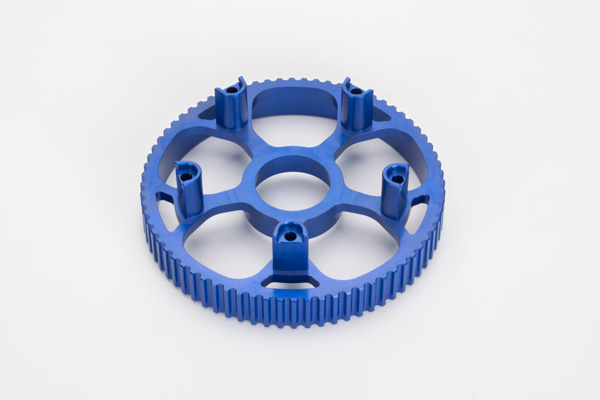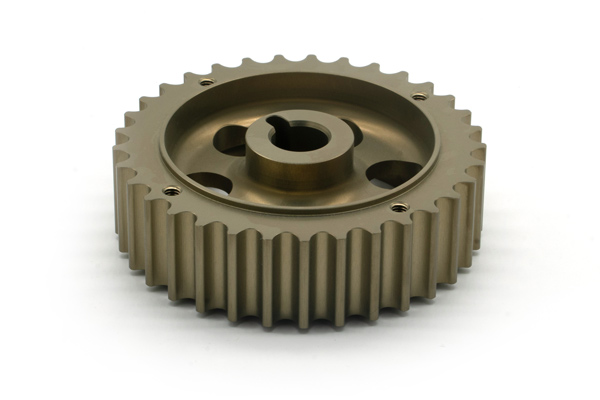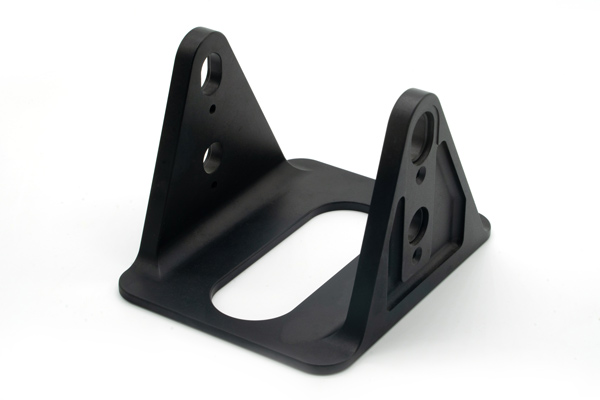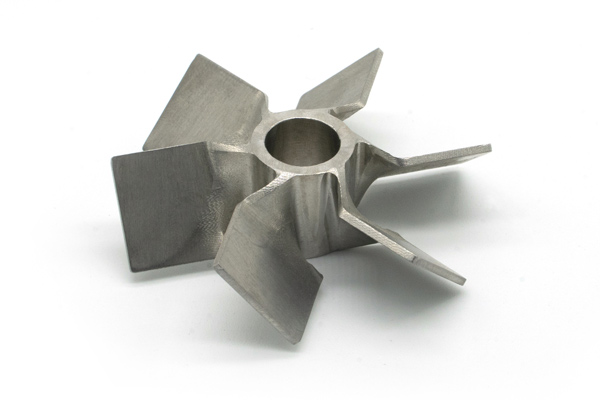Surface Finishing
Instant Quotes & DFM Feedback
Free DFM Feedback With Your Quote
Parts as Fast as 2 Days
What is Surface Finishing?
CNC machining can create products with specified limits and technical details from such a wide range of thermoplastic materials. It is easily seen that metal parts surround us everywhere. However, metals have various surfaces that we can see. Some have shiny surfaces, some are matte and others metallic or colored. These are appealed to the technique of surface finishing.
Surface finishing is a final process of producing parts by adding, removing or reshaping. Through this process, the workpieces can be improved their appearance, strength and other properties.

Advantages of Surface Finishing
Without a doubt, surface finishing makes sure the final product looks better and last longer. It alters its appearance, makes it more resistant to rust, corrosion and wear.
- Improve the corrosion and chemical resistance.
- Assist with paint or other coating adherence.
- Eliminate the surface defects like flaws.
- Increase the durable and high hardness so that makes the friction problems are minimized.

Why Do We Need This Process
Clearly, surface finishing brings some excellent qualities to entrepreneurs. Its procedures are universally accepted as the best approach for producing a desired smooth finish on various machined & fabricated objects.
Types and Processes of Surface Finishing
There are several different types of surface finishing. As we all know, surface finishing divides into two categories: adding or removing and reshaping. Understand all of them that allows improving the efficiency and help us avoid detours.
Polishing
It is the production of a shiny metal surface using abrasive or chemical treatments. It helps to produce metal surfaces with excellent reflective surfaces. This precision technique is often used when metal surfaces require a high degree of surface refinement and smoothness. It enables to reduce the amount of damages and provides better uniformity of deposited materials. This technique aims at removing scratches while improving the shine. Through this method, we can get a mirror-bright finished part.
Anodizing
Anodizing is accomplished by putting the aluminum into an acid electrolyte bath and passing an electric current through the medium. It uses this passivation electrolyte process to thicken the natural oxide layer on the surface of the metal so that it has strong resistance. Most anodized parts are durable and stable. It is easy of Maintenance.
Power coating
Power coating is a more modern equivalent to painting. This method requires electricity to accumulate dry powder on the metal surface. It eliminates the over wastage during the process of painting. It needs an electric charge to work.
Sanding and Sandblasting
Sanding is probably the most widely used surface finishing process. It removes the materials with an abrasive sheet.
Sandblasting makes full use of the abrasive properties so that it can create smoother surfaces with fewer flaws.
Tolerance After Surface Finish
We cannot guarantee high-precision-tolerances after any kind of sanding, sand-blasting, painting, or any other secondary process. We can only guarantee high-precision-tolerances if the features are left completely untouched after machining. For some of specified critical tolerance, we will check and study it case by case before getting back to you.


Ready to start your next project?
Contact us and get a quote in 24 hours
